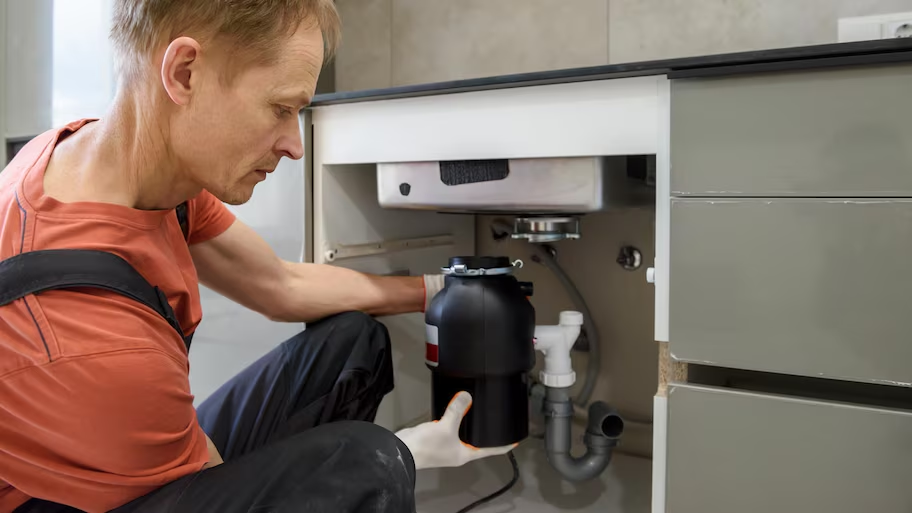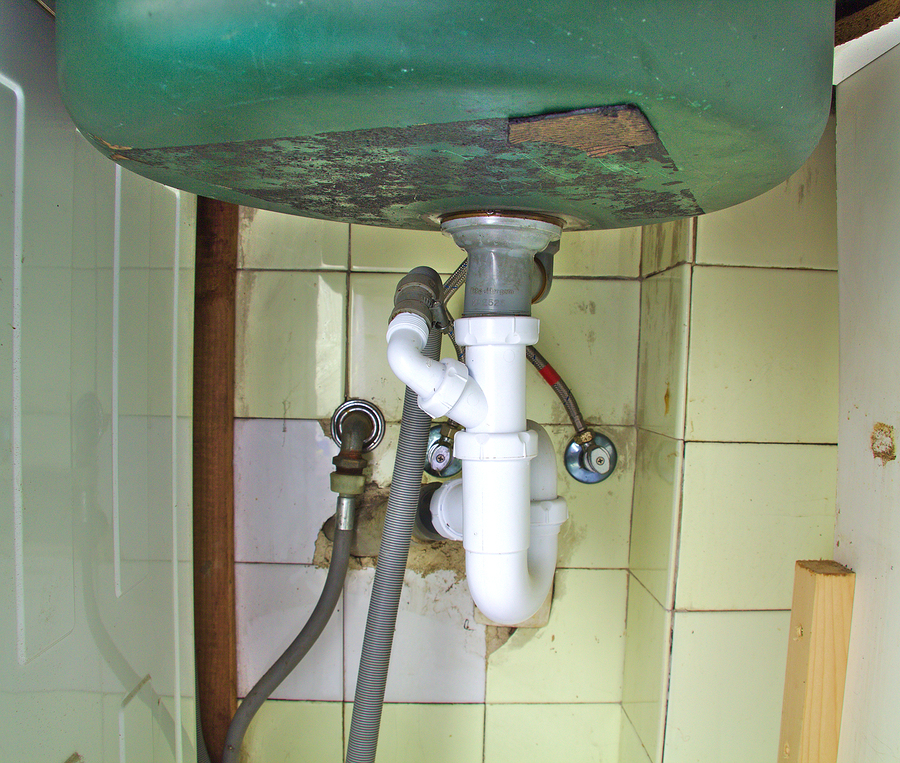Everybody is bound to have their personal conception involving Garbage Disposal Leaking From Bottom.

Garbage disposals are necessary kitchen home appliances that assist in dealing with food waste successfully. Nevertheless, a leaking waste disposal unit can be a frustrating and unpleasant problem to manage. The good news is, lots of leakages can be dealt with quickly with a few easy steps. In this article, we will discuss exactly how to deal with a leaking waste disposal unit successfully.
Introduction
Garbage disposals are mounted under kitchen area sinks and are created to shred food waste right into smaller items, allowing it to pass through the plumbing system quickly. While these tools are normally dependable, leakages can take place gradually due to wear and tear, loose connections, or damage to the device.
Step-by-Step Overview to Fixing a Leaking Garbage Disposal
Shut off the Power
Prior to attempting any type of fixings, guarantee that the power to the waste disposal unit system is turned off to avoid the danger of electrical shock.
Find the Leakage
Recognize the precise location of the leak and determine the reason
Tighten up Links
Utilize a wrench to tighten up any kind of loosened connections in between the disposal unit and the plumbing system.
Replace Seals or Gaskets
If the leakage is due to worn seals or gaskets, get rid of the old parts and change them with new ones.
Patching Fractures or Holes
For fractures or openings in the disposal device, use epoxy or an appropriate patching material to secure the damaged area.
Recognizing the Source of the Leak
Before trying to deal with a dripping garbage disposal, it is necessary to determine the resource of the leak. This can normally be done with visual examination or by performing easy examinations.
Visual Assessment
Evaluate the waste disposal unit system meticulously for any type of indications of water leak. Pay close attention to areas around seals, gaskets, and link factors.
Testing for Leaks
One method to check for leaks is by running water with the disposal unit and looking for any visible signs of leak.
Common Causes of Leaks in Waste Disposals
Worn Seals and Gaskets
Seals and gaskets play a crucial function in protecting against water from leaking out of the garbage disposal. Gradually, these components can wear away, bring about leaks around the disposal device.
Loose Connections
The links between the garbage disposal and the pipes system can become loosened gradually, creating water to leak out during procedure.
Cracks or Openings in the Disposal Unit
Physical damages to the garbage disposal, such as cracks or openings in the housing, can additionally result in leaks.
Devices and Products Needed for Repairing a Leaking Garbage Disposal
Before starting the fixing process, gather the essential devices and materials, consisting of a screwdriver, adjustable wrench, plumbing professional's putty, replacement seals or gaskets, and epoxy or patching material for repairing splits or holes.
Checking the Garbage Disposal After Repair
When the repair work is complete, evaluate the garbage disposal by running water with it to make certain that the leakage has been solved.
Preventive Upkeep Tips to Stay Clear Of Future Leakages
To stop future leaks, it is necessary to do regular upkeep on your waste disposal unit. This includes maintaining it tidy, staying clear of placing non-food things or tough items down the disposal, and regularly looking for leakages or various other problems.
Conclusion
In conclusion, repairing a dripping waste disposal unit is a reasonably uncomplicated process that can be finished with standard devices and products. By adhering to the steps detailed in this post and exercising preventive maintenance, you can keep your garbage disposal in good working problem and avoid costly repair services in the future.
What to Do About a Leaking Garbage Disposal
A leaking garbage disposal often goes unnoticed until you confront a sopping cabinet, a foul-smelling puddle, or an audible drip-drip-drip from the unit. The fix can be frustrating, too, because the leak can stem from a number of components in the system. Fortunately, with a little sleuthing, you can zero in on the leak and—depending on the exact location—stop the icky oozing and repair the component that caused it. Worst case scenario, if it turns out that the garbage disposal must be replaced, installing a new one is a reasonable do-it-yourself task for those with basic plumbing skills. Read on to keep the cash you’d otherwise hand over to a pro.
Prepare to find the leak
Prior to testing the garbage disposal for leaks, unplug it at the wall outlet and turn off the power from the breaker box to prevent electrical shock. Then insert a watertight sink stopper into your sink drain and wipe the unit dry with a clean cloth. In any handy container, mix a few drops of food coloring into a few cups of water, and pour the dyed water onto the sink stopper to help you locate the leak.
Investigate the source
the top, where the disposal meets the sink drain the side, where the dishwasher hose or main drain pipe connects to the disposal or the bottom of the unit Inspect each of these locations while gliding a light-colored rag over the unit; the dyed water will readily show on the rag and reveal the location of the leak. If a leak isn’t immediately apparent, remove the sink stopper and pour a few more cups of dyed water down the sink drain, then check for leaks again. Leaks near the top of the unit are more likely to show themselves while the sink is plugged, while side and bottom leaks are more noticeable while the sink is unplugged.
The metal sink flange that sits directly inside the sink drain is typically sealed around the top with plumber’s putty (a clay-like sealant) and then secured from under the sink with bolts. If the plumber’s putty deteriorates, or the bolts loosen, the flange can no longer form a watertight seal between the sink drain and the disposal—which could cause a leak at the top of the unit.
To reseal the leaky flange, you must first detach the garbage disposal. Start by loosening the screws securing the main drain pipe to the disposal, then loosen the screws in the metal clamp securing the dishwasher hose to the disposal and detach the drain pipe and dishwasher hose from the disposal. Loosen the screws in the mounting ring that connects the disposal to the metal mounting assembly beneath the sink, then pull down the disposal and carefully set it on a clean, dry surface. Loosen the bolts in the mounting assembly with a wrench, then pull down the mounting assembly and set it near the disposal.

I discovered that review about Tips on Fixing a Leaking Garbage Disposal while doing a search on the internet. Sharing is nice. Helping others is fun. Thanks a lot for your time. Kindly pay a visit to our blog back soon.
Book Services